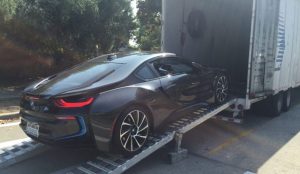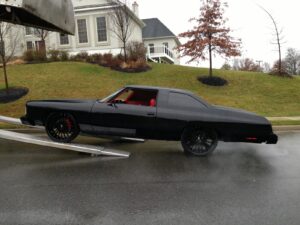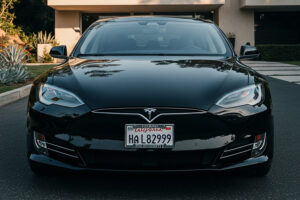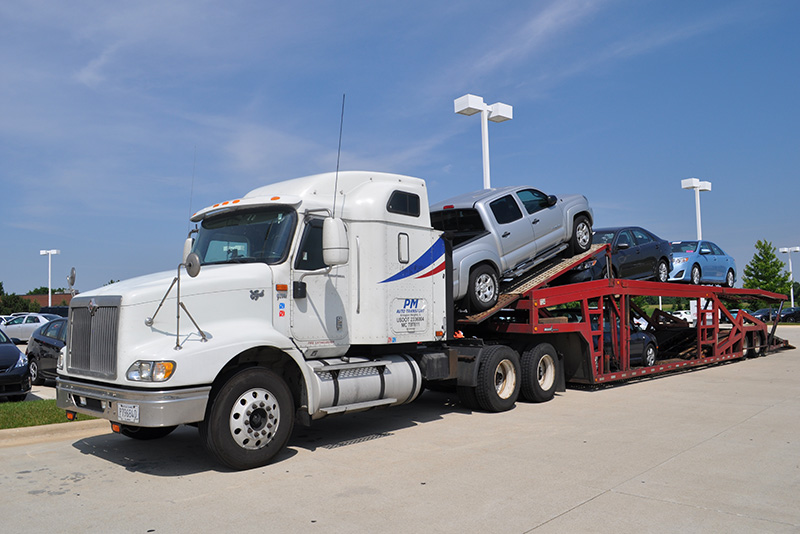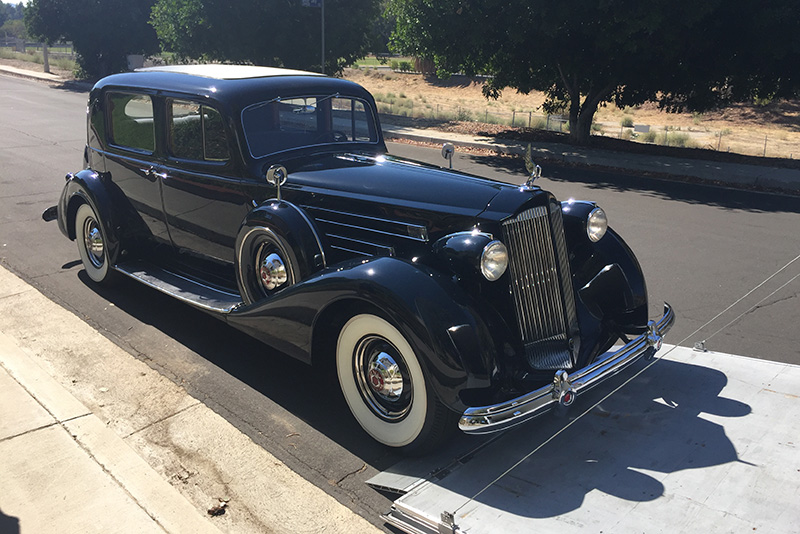Automotive transportation significantly affects our everyday life, without us even realizing it. How different would our lives be without transportation? Can you imagine a world where it would take several days, or even weeks or months, to get to your preferred destination?
I know I can’t. Younger generations, who grew up around cars, have a hard time imagining their life without vehicles. Every time this topic comes up, I cannot help but remember the Shawshank Redemption quote by Brooks Hatlen:
When did automobiles become the most preferred way of transportation in America? What are some of the most used modes of auto transport in the US today? How did automobile transportation become a necessity for millions of Americans? And what is the real cost of owning an automobile? These are all questions deserving answers.
A brief history of automotive transportation in the US
Since the invention of the automobile, trains stopped being the most popular form of transport in the United States. As the 20th century began to unfold, more and more Americans chose automobiles.
The building of Lincoln Highway between New York and San Francisco in the early 1920s was the beginning of the national highway system in the United States. Further development of roads suitable for cars led to a significant decrease in the popularity of interurban rail service and trolley cars.
And finally, the introduction of mass production ensured the United States’ dominant position in automobile manufacturing in the first half of the 20th century.
Civilian automobile production stopped during WW II as the factories switched over to making munitions. After the war, by the late 1940s – 1950s, the American automobile industry was back on track. And the development of the Interstate Highway System and the suburbanization of the United States made the automobile a necessity.
What are the most preferred forms of automotive transportation?
Compared to Europe, the United States rely more on its roads. Also, the concept of owning at least one vehicle is totally normal in the US. In big cities like New York or San Francisco, however, many people don’t see the need of owning a car, as various forms of public transportation are available. Moreover, public transportation in some of the biggest U.S. cities is not only the cheapest but also the most convenient and fastest way to get from one place to another.
Image source: www.rita.dot.gov
According to a study by the U.S. Department of Transportation, Bureau of Transportation Statistics, passenger transportation is dominated by a network of over 3.9 million miles of highways. Passenger vehicles, which include cars, trucks, vans, and motorcycles, account for 86% of passenger miles traveled.
Furthermore, according to the 2015 Pocket Guide to Transportation by the US Bureau of Transportation Statistics, passenger cars, light trucks, vans, and sport utility vehicles traveled 2,664,445 miles on the US highways in 2012. The study also showed that in 2012, the motorcycle share accounted for 21,298 miles, trucks for 268,318 miles, and buses – for 14,755 miles.
Automotive transportation costs
“Expenditures for automotive transport in the United States – including truck, bus, automobile, and highway outlays are now running at about 65 billion dollars annually. In the twentieth century, the automobile industry has produced 170 million motor vehicles. There are now 67 million vehicles on the road – 30 million more than there were just a decade ago,” according to a 20th-century study by Wilfred Owen, an Economist and Senior Staff Member of the Brookings Institution.

According to Los Angeles Times, in 2014, there are 253 million vehicles in the US. This is 3.7 million more vehicles than in 2013, according to IHS. In 2014, IHS also reported that the average age of cars on US roads is 11.4 years. It has also projected that the average age of vehicles in the US will rise to 11.5 years by 2017 and 11.7 years by 2019.
“In our history of tracking, we have seen a gradual increase in the average age of vehicles on the road,” Mark Seng, an analyst at IHS Automotive said for Los Angeles Times. “This year, we’re seeing somewhat of a plateau in the market, and expect it to remain over the next few years, without a major change in either direction. We attribute this to a number of factors, including the economy and the increasing quality of today’s automobiles,” he added.
Wilfred Owen reported that Americans spend approximately 30 billion dollars on passenger transportation. 27 billion goes for automobile transportation and only 3 billion for other transportation forms like local transit, intercity railroad, airline, and bus travel. Considering the fact that his study is a few decades old, the amount of money spend on automotive transportation today is considerably higher.
According to a 2006 report by the National Academies Press, Americans spend approximately $20 billion every year only on tires. “Although passenger tires last far longer today than they did 30 years ago, most are replaced every 3 to 5 years because of wear. A total of about 200 million replacement passenger tires are purchased in the United States annually.” We can see that the cost of owning an automobile is high. Nevertheless, automotive transportation still remains the most utilized mode of transport in the US. If we have to compare that to Europe we will see a striking difference.
The future of automotive transportation
Unlike the future of bullet trains, that of automotive transportation looks very promising. According to a 2015 press release by the U.S. Department of Transportation’s (USDOT) Federal Highway Administration (FHWA), driving mileage in the U.S. continues to grow. “U.S. driving edged past 2 trillion miles by August 2015. Compared to the same month a year earlier, August 2015 also had the greatest single-month percentage gain since 2002,” the recent data showed.
FHWA’s latest report “Traffic Volume Trends”, which estimates monthly mileages in the U.S., showed that Americans drove 277.3 billion miles in August 2015, continuing the 18th consecutive monthly mileage increase. “The seasonally-adjusted vehicle miles traveled for August 2015 were 263.3 billion miles, a 3.6 percent increase in VMT – compared to the previous August but a slight (4 percent) decrease compared with seasonally adjusted July 2015 figures. The estimates include passenger vehicle, bus, and truck travel.
All the data strengthened the fact that federal investment in transportation infrastructure is a necessity. Especially now that the demands on the nation’s highway system are growing. Back in 2012, Barack Obama’s budget proposal included $7478 billion as an investment in transportation. Hopefully, that number will increase even more in the future albeit not only on highways but rather in public transport as well.


